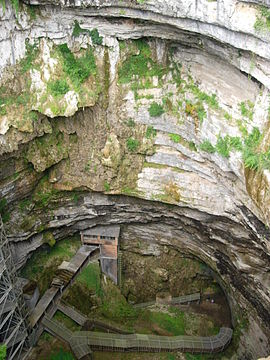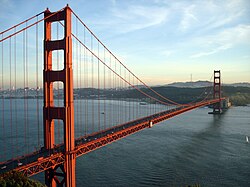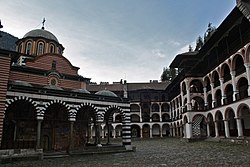View Interesting Maps in a larger mapLake Vostok (Russian: озеро Восток, lit. "Lake East") is the largest of more than 140 subglacial lakes found under the surface of Antarctica. The overlying ice provides a continuous paleoclimatic record of 400,000 years, although the lake water itself may have been isolated for 15 to 25 million years.
Lake Vostok is located at the southern Pole of Cold, beneath Russia's Vostok Station under the surface of the central East Antarctic Ice Sheet, which is at 3,488 metres (11,444 ft) above mean sea level. The surface of this fresh water lake is approximately 4,000 m (13,100 ft) under the surface of the ice, which places it at approximately 500 m (1,600 ft) below sea level. Measuring 250 km (160 mi) long by 50 km (30 mi) wide at its widest point, and covering an area of 15,690 km2 (6,060 sq mi), it is similar in area to Lake Ontario, but with over three times the volume. The average depth is 344 m (1,129 ft). It has an estimated volume of 5,400 km3 (1,300 cu mi). The lake is divided into two deep basins by a ridge. The liquid water over the ridge is about 200 m (700 ft), compared to roughly 400 m (1,300 ft) deep in the northern basin and 800 m (2,600 ft) deep in the southern.
The lake is named after Vostok Station, which in turn is named after the Vostok, the 985-ton sloop-of-war sailed by one of the discoverers of Antarctica, Russian explorer Admiral Fabian von Bellingshausen. The word восток means "east" in Russian, and the name of the station and the lake also reflects the fact that they are located in East Antarctica. The lake was discovered and named by Russian geographer Andrey Kapitsa based on seismic soundings made during the Soviet Antarctic Expeditions in 1959 and 1964 to measure the thickness of the ice sheet. This was one of the last major geographic discoveries on Earth.
On 5 February 2012, a team of Russian scientists claimed to have completed the longest ever ice core of 3,768 m (12,400 ft) and pierced the ice shield to the surface of the lake. Samples of the freshly frozen water in the ice well are expected to be collected at the end of 2012 when the new Antarctic summer starts. The Russian team also plans to send a robot into the lake to collect water samples and sediments from the bottom. Unusual forms of life could be found in the lake's liquid layer, an ecosystem sealed off below the ice for millions of years, conditions which resemble those of the hypothesized ice-covered ocean of Jupiter's moon Europa.
Source:
Wikipedia - Lake Vostok




























